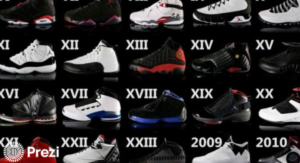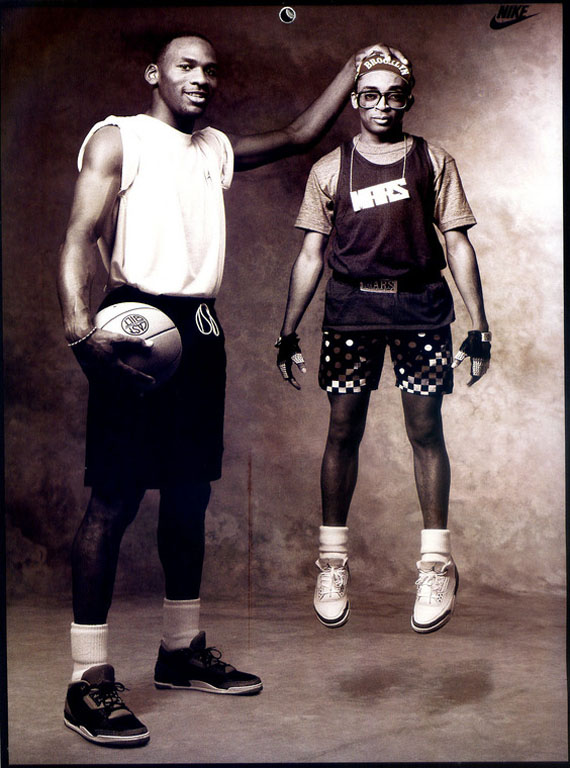In this article, Steven Heller talks about… an appropriation of other works in design. Appropriation can be found in different aspects of media. Music, art, design, advertisement. Also, Heller says about the “boom” that the underground can face and become mainstream. He remembers avant-garde and psychedelic movements that were known to low masses at the time but then became more popular and got more and more followers to the point where these trends became a real movement that people study at art or design schools.
I can remember examples of underground becoming mainstream but in music. Thrash, punk, grunge, alternative rock–all of these sub-genres of rock music were underground, where even not every rocker would listen to or play. However, later bands such as Metallica for thrash-metal, Sex Pistols for punk, Nirvana for grunge, and Linkin Park for alternative rock and rap-core (as well as MANY others) made their music mainstream and so popular that they had and have millions of followers and successors.
As for appropriation–this is such a thin line between plagiarism and being inspired by others. Even now in the MTA subway, you may find a poster of, if I am not mistaken, some art exhibition, and that poster is clearly made in the style of avant-garde and/or dadaism. Some may say this is an inspiration and show of respect to the movement (which I personally agree with) or pure plagiarism (maybe not for 100%) and the poster-maker could not make something more original. I think, in art, design, and music it is impossible to make something purely original. One way or another the author would be inspired by the works of other people before him or his contemporary who works in the same field. And that is ok! It would be a genius, a person who would create something original, from the concept to the implementation. Every author from every movement was inspired by something or someone one way or another. The same avant-garde and dadaism were the answer to the horrors of World War I. Punk-rock music is the rebellious answer of youth to the times and life laws they did not want to follow anymore. Grunge rock is a successor (in a way) of punk, and alternative rock is linked to grunge. Inspiration is everywhere. Even now, while writing this paper, I am listening to a playlist of a “Classical Music for Writing” (that’s the name of the video), and in this playlist is, of course, “Swan Lake” by Tchaikovsky. So I was listening to it and caught myself thinking that this music reminded me of the main theme of Harry Potter somehow. Maybe not blatantly, but the mood of the music and some notes, some portion of melody looked (or rather was heard) like the Harry Potter movie theme.





Recent Comments